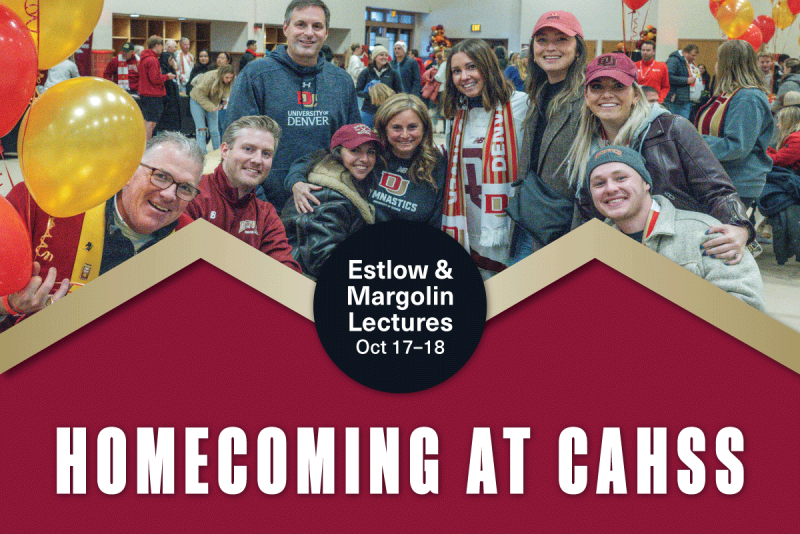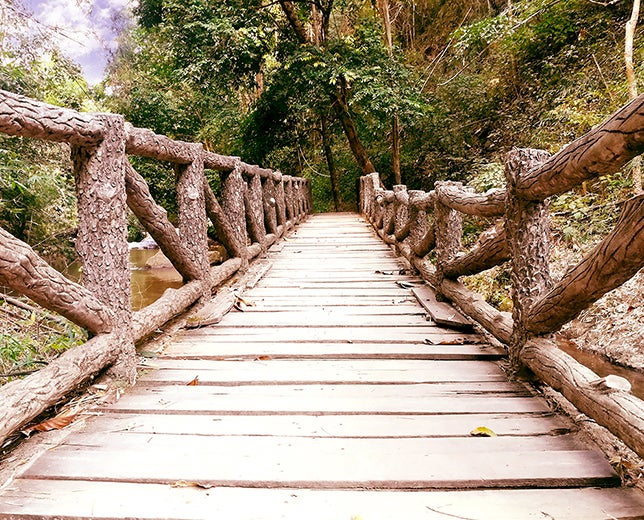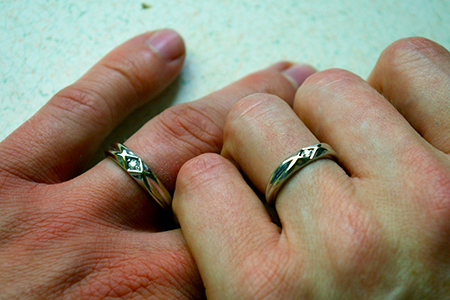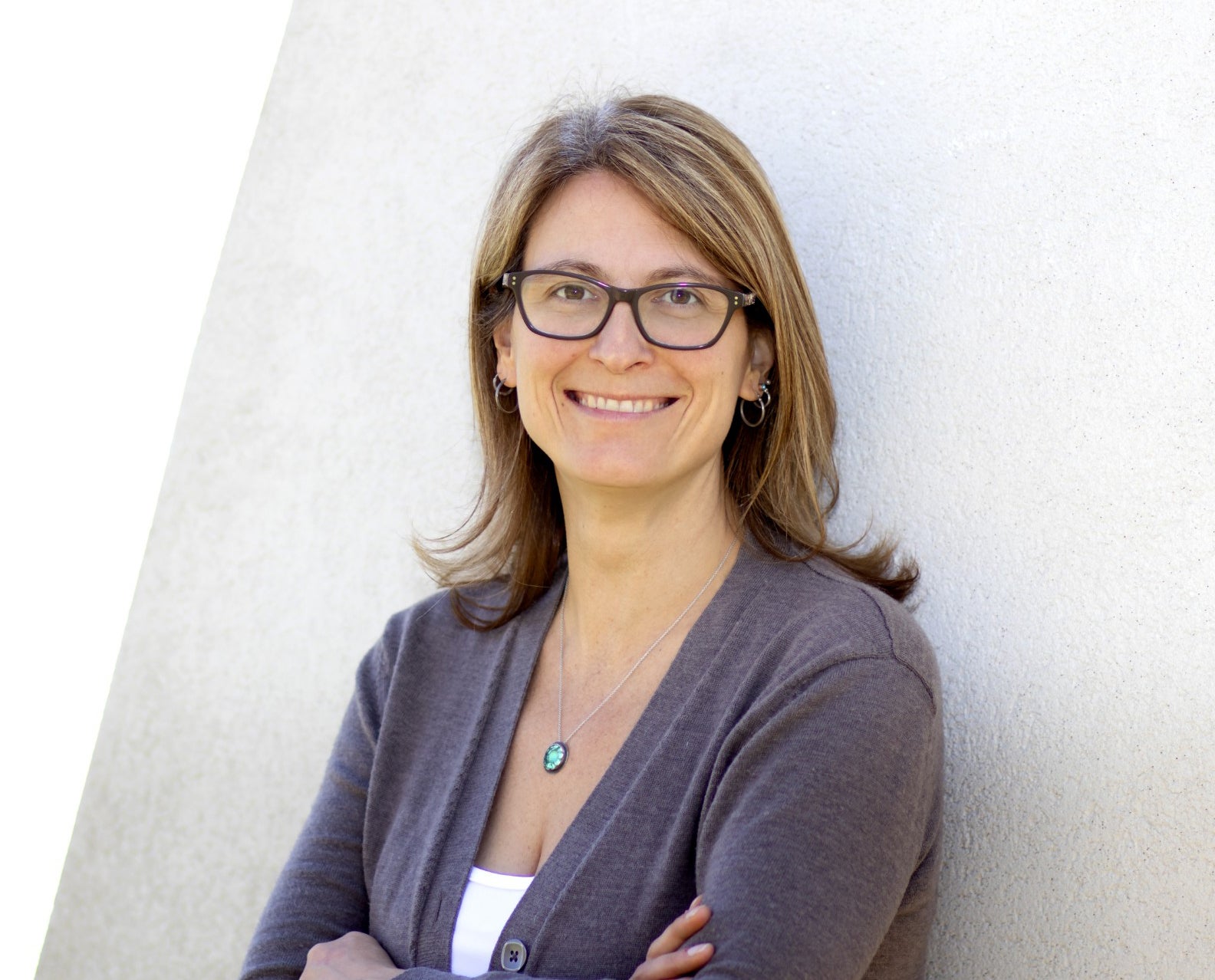The Impact and Future of Disinformation

Here are more insights from our CAHSS News conversation with Deputy Opinion Editor and Columnist for the “Washington Post” David Von Drehle and “Wall Street Journal” Live Journalism News Editor Sara Castellanos, ahead of their Estlow and Margolin masterclasses and lectures.
What are your biggest challenges working in a climate of misinformation and disinformation?
Castellanos: I think it really impacts us all whether you’re a journalist or just somebody trying to be an informed citizen. It’s sometimes hard to separate fact from fiction and in some cases, AI exacerbates that. There are experts trying to work on this problem, there are social media companies that are aware of the problem, and I think there’s enough momentum behind the idea of recognizing and addressing the problem that it could change in the future. But it’s hard to see what that would look like right now.
Von Drehle: If we are going to be the opponents of the current state of widespread misinformation and disinformation, we need to clean up our own houses and do better work — that’s the only thing we really have control over.
For an extreme example, we told people all sorts of things they needed to do in reaction to the COVID pandemic and some of it was right but a lot of it in retrospect turned out to be wrong. And yet, a lot of journalists were telling people they must do this, or people are going to die. And that was more than we really knew. How many times are we allowed to get things wrong before people who disagree with us stop coming to us all together? We need a common store of information, and journalists should be the ones to provide that, but that means starting from a place of humility.





